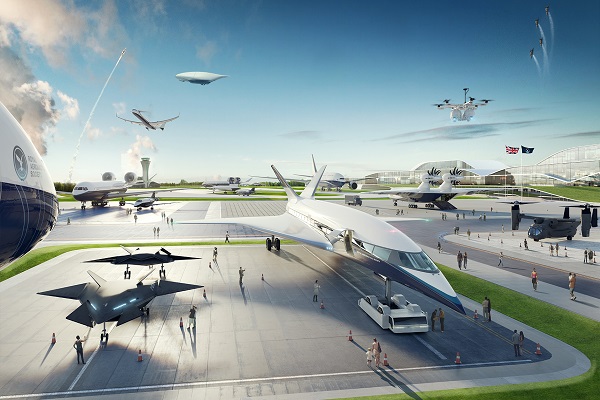The aviation industry is one of the fastest-growing transportation sectors and with the exception of the pandemic, the number of flights has been growing steadily since the early 2000s. The aviation sector is also at the forefront of advanced technological developments. This article will cover some of the recent innovations in aviation and what they mean for the future of flight.
Flying Higher
Tech innovation is allowing crafts to fly at higher altitudes with private jet companies now offering flights that can fly upto 51,000 ft. One of the benefits of this is that the higher a plane flies, the more efficient it is. When cruising at higher altitudes, planes require less thrust and experience less drag so they burn less fuel and can travel faster with less effort due to the lower air density. Additionally, flying at a higher altitude makes the flight more comfortable for passengers, as it avoids weather systems that can cause issues such as turbulence.
Sustainability
As mentioned, flying higher means thinner air, which requires less fuel. The Global 7500 can fly 1.75 x the altitude of Mount Everest and can fly 14,620 km without a fuel stop, which translates to 17 hours of non-stop air time. This reduces overall fuel consumption, which is better for the environment. The aviation sector is also turning towards more sustainable alternatives to fossil fuels, such as sustainable aviation fuel and electric or hydrogen-powered aircraft.
Air Circulation and Health
As a result of the pandemic, frequent flyers may be concerned about the quality of the air on their flight, however, with innovations in air-purifying filters, the air on your plane can be far cleaner than the air in many indoor venues, such as restaurants or stores. Onboard air purifying systems work by sucking air from the cabin, and replacing it either with filtered air or fresh air from outside the aircraft. The passenger experience has been enhanced further with more efficient air circulation systems, such as the pũr air system, refreshing cabin air 25% faster than any other system.
Artificial Intelligence
Airlines and private aviation firms are utilising innovations in Artificial Intelligence (AI) to improve operations and customer satisfaction. For example, virtual assistants are being used to aid pilots by reducing routine repetitive tasks, such as providing position information and changing radio channels. AI-based virtual assistants are also being used to improve the customer service experience by answering frequently asked questions or as part of an app to help customers book and manage their flights and itinerary.
AI can also help aviation companies to monitor the health of their aircraft and predict when maintenance will be required and even order replacement parts. This has financial and practical benefits, as it reduces the amount of time aircraft may need to be grounded for maintenance and repairs and prevents delays for customers. These developments in artificial intelligence are being integrated across the aviation industry to improve efficiency and customer experience.

No comments:
Post a Comment